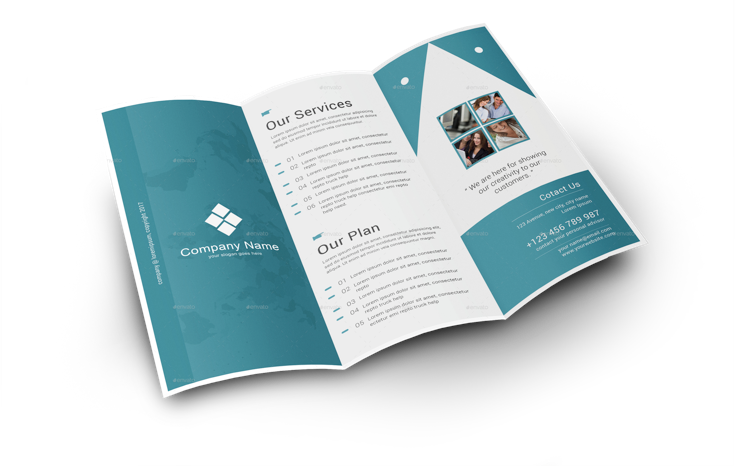First Aid for Receivables: Now Go Get Your Money (3 of 3)
 In the first installment of this series, “First Aid for Receivables: Where do you Start?” we covered how to manipulate your aging report for clarity and accuracy. In the second part, “First Aid for Receivables: Interpret the Aging Report” we showed you how to use that same aging report to see where to proceed. In this report we will focus on how you can begin to attack and collect those troublesome accounts and payer types that you have identified. This is how you make sure that you get all the payments you earn and are not “bleeding” cash.
In the first installment of this series, “First Aid for Receivables: Where do you Start?” we covered how to manipulate your aging report for clarity and accuracy. In the second part, “First Aid for Receivables: Interpret the Aging Report” we showed you how to use that same aging report to see where to proceed. In this report we will focus on how you can begin to attack and collect those troublesome accounts and payer types that you have identified. This is how you make sure that you get all the payments you earn and are not “bleeding” cash.
We have found that what works best to quickly fix your receivable problem is a three step process. You need to start by attacking the largest resident balances, then your problem payer types and finally your smaller balances.
Staring with the largest resident balances sounds easier than it really is. Look at your detailed aging report and start to find the residents with the largest balances regardless of the payer type listed. It is typical for less than 10% of your residents to account for the majority of the total aging dollars outstanding. Jump right into that $80,000 balance for Mr. Smith.
The first thing you do is print out a complete detail of the account. Then pull the resident’s financial file to review all of the documentation that has been received and sent out, Managed Care authorizations, remittance advices, etc. What you need to do is determine which payer is really responsible for the resident’s balance. The aging report says it is Private, but is it really? One of our mantras is “private is rarely really private”. You can get more on that in this blog “Want to collect your private pay? Start at the beginning“.
Is it really private? Or was it originally Medicare or managed care that wasn’t paid and then got moved to the private column? Before you can make any calls you will need to get a clear understanding of exactly where each balance came from. Once you identify which payer should be responsible you can pursue payment.
It is best to jump in and make that call to the check status on the balance, and to verify you are going after the right payer. Your goal is to find out just what is holding up payment. You may find that Medicare is not paying because their records shows another primary payer. Was the claim ever received? Was it a missing authorization on a managed care claim? A phone call or check may be the best avenue to get the truth. Once you know the whole story, then you can make adjustments.
Once you have taken care of the largest balance residents look at the remaining balances to determine which payer is your biggest challenge. You will want to consider the timely filing limits for each payer. For example, Medicare timely filing is now just a year, so start with those balances closest to the limit. Next start with the larger balances and keep going until you have worked through the list. We are finding that Medicare B to be one of the biggest problem payers for balance left after payment. Many clients are writing off the difference and marking it up to the MPPR (Multiple Procedure Payment Reduction) issue when it is really money that can be collected. What usually happens is that some claims lines are rejected. Correcting these few lines per claim by adjusting them or putting in the correct modifiers, can add up. Do not assume a seemingly small balance after payment is a contractual writeoff amount, look before you adjust.
Lastly, do not ignore the smaller balances or the credit balances. It is amazing how quickly they can add up to a significant amount. You might find some of the smaller claims are easier to get paid. We are still surprised by how many aging balances are incorrect. Once you look into the account detail, you just might find that that small balance or credit is really a larger balance that is still owed to you. Aside from pennies, don’t let anyone do a write off without checking the account out. Those claims that were paid 1 day short should be called on; we have found that you can get that last day paid about 1/3 of the time. It may only be $300, but it is definitely worth a few minutes of your time! Of course you need to be reasonable and set limits, weight the cost/benefit payoff. Depending on your circumstances, maybe everything under $100 can be written off without a review, choose a level you are comfortable with.
There may even be opportunities to get several balances cleaned up and paid at one time. If you see a bunch of smaller balances under one payer, it may well be worth your time to check on them early. We once had a client we did just that for when an insurance company had a glitch in the system which caused them to consistently pay one day short on discharge claims. This was discovered and a call to the insurance company with a list of names and dates of service was all they needed to reprocess several claims at once.
You just never know what you will find. It is always worth it to make that call! Never write off anything you haven’t tried to collect one more time.
We hope these blog posts have been helpful. As always, we look forward to your comments, input and suggestions for future topics.

5 ways to increase your revenue without adding a single resident
Chances are that you’re leaving revenue on the table. This quick resource guide will help ensure that your office is getting the most from your existing business so you can maximize your revenue without adding a single resident.

